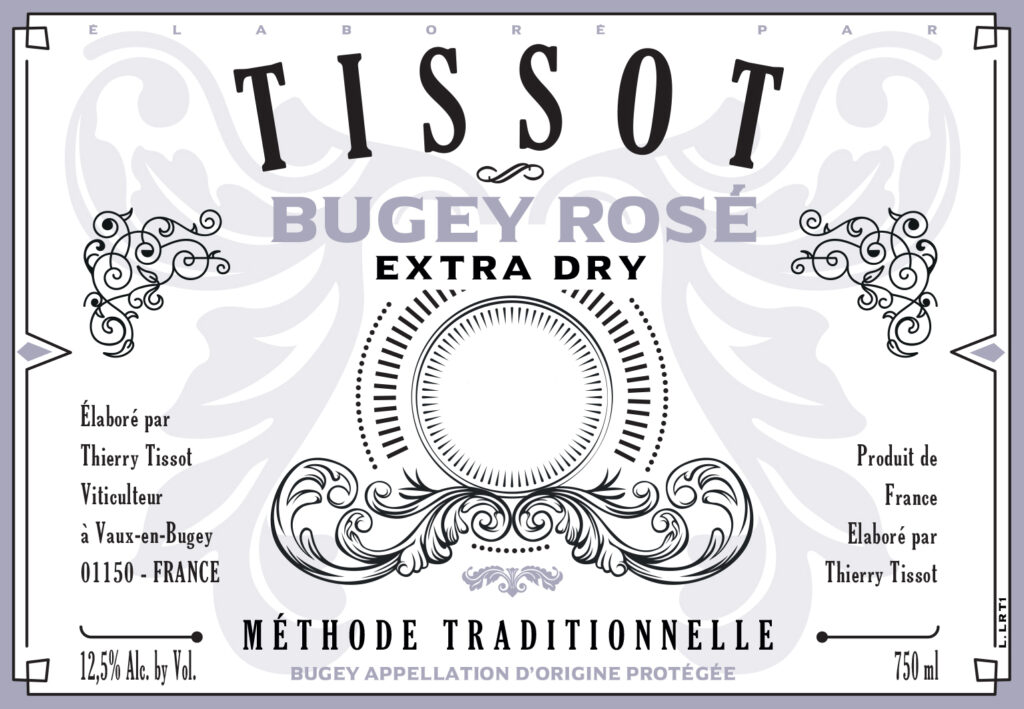Thierry Tissot Bugey Rosé Extra-Dry Méthode Traditionelle 2020
Thierry Tissot Bugey Rosé Extra-Dry Méthode Traditionelle 2020
One would be hard-pressed to find anyone as devoted to the concepts of ‘sustainable’ and ‘local’ as Thierry and Céline Tissot. Their vision is of a sustainable ecological future with a thriving local economy to pass on to their two children. All one has to do is admire the privileged vineyards the Tissots farm along the steep mountainsides surrounding their village of Vaux-en-Bugey. Here, Thierry has committed to replanting with traditional local varieties, namely altesse and mondeuse.
Meanwhile, Céline has implemented her experience as an agriculture engineer and enologist, employing strictly sustainable agriculture, with a particular focus on insect diversity. Their efforts earned organic certification in 2019. Their vineyards are surrounded by sub-alpine forests brimming with biodiversity—birds’ nests, foxes, ladybugs, spiders—which Céline loves to share on social media as they work the vines with their dog Maya. The Tissot vineyards had never seen any herbicides, having been abandoned to the forest before the introduction of chemical treatments. The couple have steadfastly carried on this legacy with respect and dedication to their principles.
This méthode traditionelle sparkling wine is made with organically-farmed, estate gamay and mondeuse. As an Extra-Dry, it has an exceptional balance that will play well at the beginning and end of the meal (or throughout your picnic!). Céline and Thierry Tissot are showing that top quality méthode traditionelle sparklers can be made in Bugey, transmitting a clear and unique Bugey identity. The Tissots have been pushing the envelope with the development of their traditional method sparkling wines with a long lees-aging regimen.
Vinification – The grapes are manually harvested in a first-pass before the harvest for the still wines. For both varieties, the grapes are direct-pressed and then fermented at a low temperature in stainless steel tanks. Malolactic fermentation is spontaneous. The wine rests on the fine lees until the following February when it is bottled and begins its secondary fermentation. It ages on the lees for around 16 months before being disgorged. A dosage of 15g/L emphasizes the friendly and convivial aspects of this cuvée.


